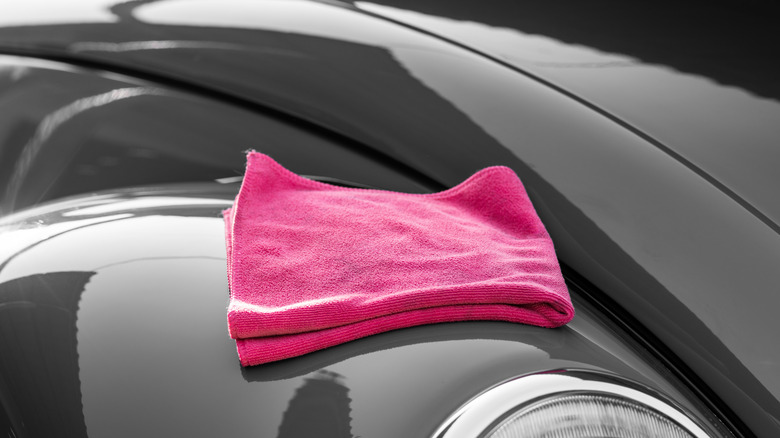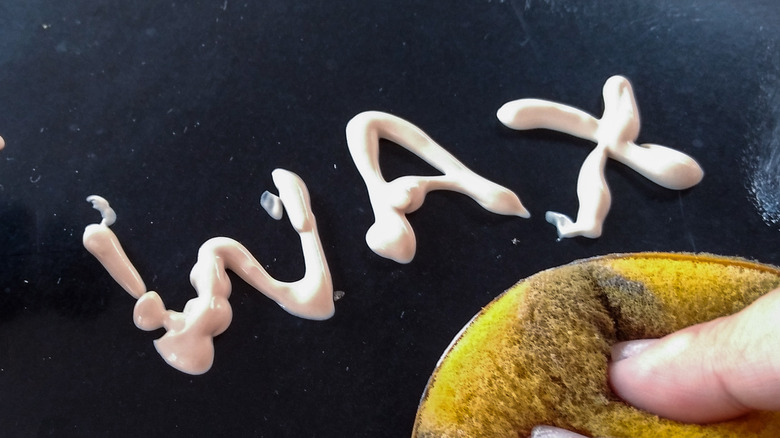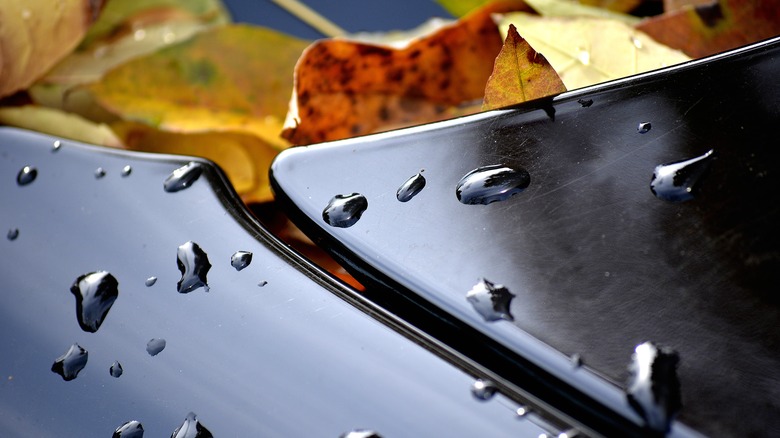
Woraput/Getty Images
Washing a car, truck, or SUV is a task that some of us might prefer not to take on at all, let alone as often as is generally recommended. For others, however, washing a vehicle the right way is a welcome weekly ritualistic that shouldn’t be skipped under any circumstances. Whichever side of that coin you fall on, we can all agree that regularly hitting your vehicle with essentials like soap, brushes, sponges, and car wax is the best way to keep it shining for years to come.
While the general theory is that you should wash your vehicle about once a week, the rules are a bit hazier concerning how often you should apply a coat of car wax. Of course, if you don’t like washing your car, the thought of applying a coat of wax after you’ve cleaned and dried the vehicle is likely groan-inducing. However, the car wash enthusiasts of the world would no doubt tell you applying the occasional coat of wax is the best way to not only make your car looking good, but also protect its paint and any protectant coats from the elements.
The good news for those who loathe washing cars is that you don’t need to apply wax with every wash. But there’s also no firm rule as to how often you should use wax, so here are some general guidelines to help you determine when you need to wax.
Several factors can determine how often you should wax your car

Ade Theou/Getty Images
First and foremost, you should know that waxing your vehicle every week will in no way damage its paint job. However, waxing your vehicle on a weekly basis will likely provide no particular benefit either, as waxes are designed to be effective for more extended periods. So, if you’ve been waxing every time you wash, you can perhaps save yourself all that extra effort and start staggering your applications.
As for how long you should go between wax applications on your car, truck, or SUV, well, there really is no firm answer to that question. Some vehicles benefit most from the twice-a-year treatment, while others needing wax roughly once a quarter or more. For those keeping track, that comes down to waxing your vehicle about every three to six months. If you’re not certain which category you fall within, there are several factors you need to consider when deciding how often you should wax.
Primary among them is the climate in which you live. For instance, if you reside in an area that routinely experiences extreme weather like heavy storms, or snow and ice events, as such weather can expedite the deterioration of paint and clear coat protectants. That’s particularly true if you routinely park your vehicle in an exposed area like a street, driveway, or parking lot. The age of your car should also be accounted for, since those exterior components naturally degrade over time. As different formulas last for different periods of time, the type of wax you use can alter how often it needs to be applied. So, be sure to do some research when selecting your wax.
How to tell if your vehicle needs to be waxed

Ziggy1/Getty Images
Even after you’ve accounted for all of those external factors, it can still be tricky to determine precisely how often one needs to apply a coat of wax to their vehicle. Luckily, there are a couple of tell-tale signs to look out for to determine if your most recent wax job has worn off, and the most important sign is one you can easily check whenever you wash your car.
Car wax is essentially designed to provide your car, truck, or SUV an added layer of protection from the elements. If you’ve used car wax before, you might’ve noticed that water beads up on the surface after you’ve applied it. Yes, the beading effect lessens as the wax is worn away. So, if you’re uncertain how your car wax is holding up, pay attention to whether or not water is beading up when you wash your car, or even when it rains. If there’s no beading, it might be a good idea to apply a fresh coat the next time you wash your car.
The other method of checking the state of your car’s wax job is a touch less scientific, and also a bit less reliable. However, anyone who run their finger or hand over the surface of a freshly waxed vehicle can attest, there’s a noticeable difference in smoothness compared to one with no wax coat. In essence, if you are getting resistance on the surface of your vehicle when conducting the old finger test, odds are you need to apply a new coat of wax as soon as you can.